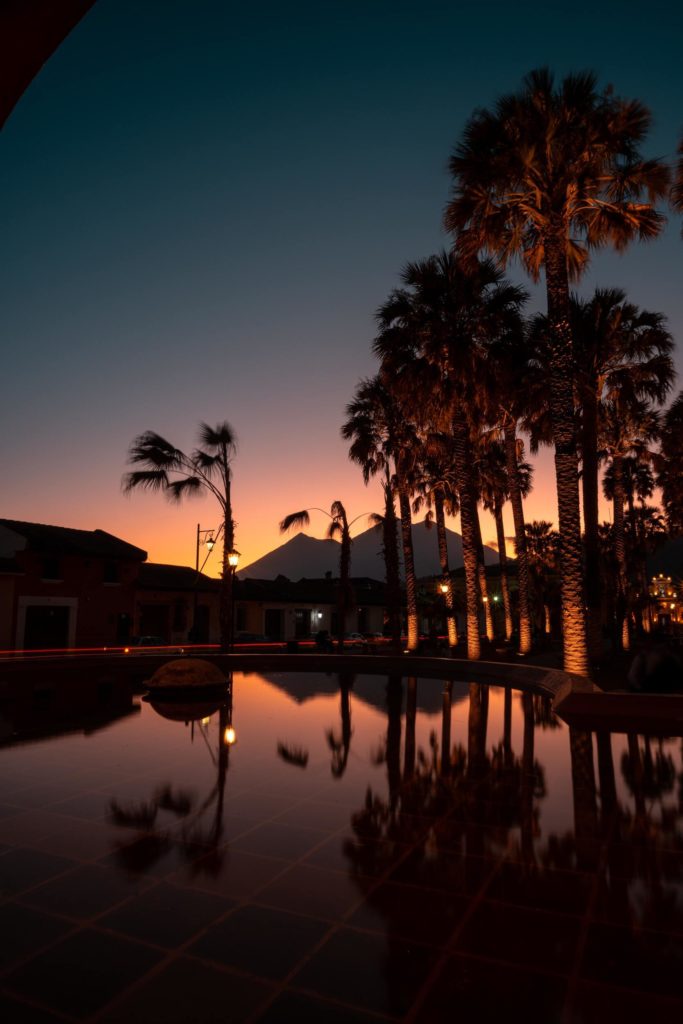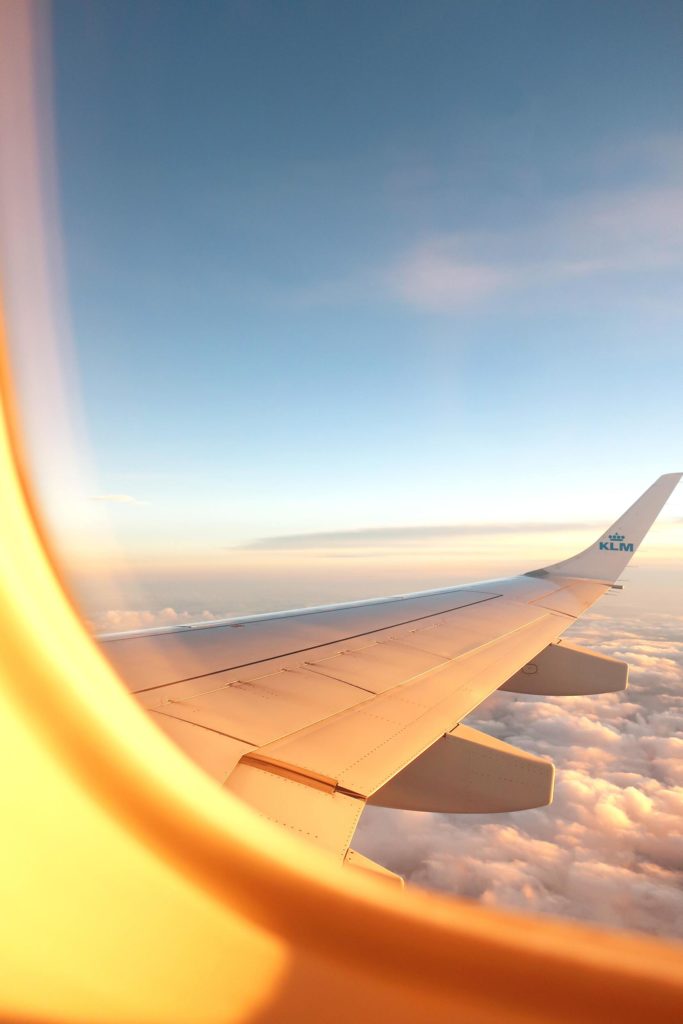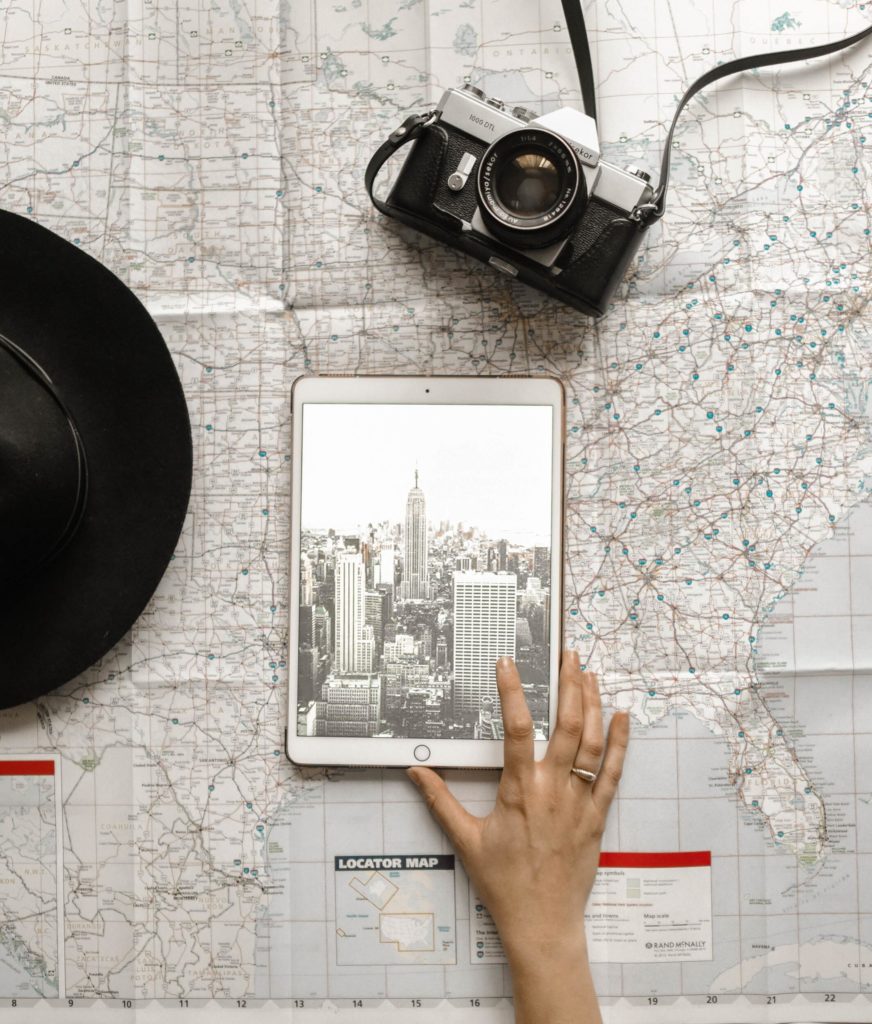Introduction to Dominica

The Commonwealth of Dominica, along with other Lesser Antilles, forms the Eastern Caribbean and the Leeward Islands. It neighbours Martinique and Guadeloupe islands and is located between the North Atlantic Ocean and the Caribbean Sea, close to St.Lucia and Antigua islands. It is a sovereign island country.
In 2016 Dominica’s economic growth rate was 1.7%, accelerated by the investments in reconstruction of the impact, caused by a tropical storm Erika. The Eastern Caribbean Central Bank (ECCB) confirmed country’s economic growth and forecasted a 3.2% growth for 2017/2018.
In case you are looking for an opportunity to relocate to this country – see more options here.
History of Dominica
Kalinago were the original inhabitants of the island but later it was colonised by the Europeans, predominantly by the French from the 1690s.
By the end of the 15th century the Spanish began to settle and explore the island. Spanish colonisation was not successful, and in the late 17th century French took advantage of Dominicas natural resources by organizing a movement of slaves for coffee production. In 1805 there was a British colony established on the island and former slaves were granted more rights.
Dominica was part of the Windwards until the 1958. From 1958 to 1962 it was a province of West Indies Federation until its dissolution in 1967, when Dominica officially became a state of the United Kingdom. The state achieved its independence in 1978 with the right to determine its own internal affairs.
Economy of Dominica
The Commonwealth of Dominica is becoming a major international financial centre. The largest sectors are payment processing companies, offshore banking, and general corporate activities.
Dominica’s economy is based on production and processing of natural resources such as hydropower, petroleum, timber and arable land. Its economy depends mainly on agriculture and tourism sector. 1/3 of the country’s labour force works in agricultural sector. In 2016 state’s government set a priority for developing tourism and construction on the island.
Dominica’s gross domestic product (GDP) amounts to $0.8 billion. State’s index of economic freedom has 63.7 score of 100 – representing the maximum freedom.

Currency
Country’s official currency is East Caribbean dollar (XCD).
Business environment
The largest business sectors, being developed in the country, are corporate activities, payment processing and an offshore banking. Dominica establishes foreign business relations to promote its cooperative ventures and alliances by cultivating diplomatic ties with the countries of African, Pacific and Caribbean group.
Politics and government of Dominica

The Commonwealth of Dominica is a parliamentary democracy. It has never been a Commonwealth realm unlike the other former British colonies. It has 10 parishes. Charles Angelo Savarin was elected as the president of the state in 2013. Dominica Labour Party (DLP), Dominica Freedom Party (DFP) and Dominica United Workers Party (UWP) are the leading parties in the country.
Participation in international organizations
Dominica participates in the Organization of Eastern Caribbean States (OECS), the CARICOM Single Market and Economy (CSME) and the Caribbean Community (CARICOM). It is a member of the International Criminal Court and in 2008 joined the Bolivarian Alternative for the Americas.
Dominica is also a member of the ACP, OPANAL, Caricom, CDB, Commonwealth of Nations, FAO, G77, IBRD, ICCt, Interpol, IDA, IFRCS, IFC, IFAD, ILO, IMO, IMF, IOC, ICRM, ITU, ITUC, MIGA, NAM, OIF, OPCW, OAS, OECS, UN, UNCTAD, UNESCO, UNIDO, UPU, WCL, WFTU, WHO, WIPO, WMO, WTO.
The culture of Dominica
Island’s culture was formed by the British, Taino tribes and the Island Caribs. Spaniards and the French also had left their marks on Dominica’s culture. French colonial architecture shapes country’s panoramic view. Locals call the island the ’Nature isle of the Caribbean’. Dominica’s tropical forests were included on the UNESCO list of World Heritage sites.
Such socially learned cultural traits of local people as collectivism and family support prevail in the country. Islanders adopted cricket from the British, and today (2017) Dominicas cricket team is a part of the West Indies cricket league, considered to be one of the best worldwide.

Population
Long before the European exploration, the main inhabitants of Dominica were Island Caribs. Today (2017) the country is occupied by European descendants of French and British colonists, Irish, Lebanese, Asians and Syrians, who are considered to be the minorities of its population.
The state has officially two cities – Rosea and Portsmouth, occupied by about 20 thousand people. Dominica’s inhabitants are called Dominicans. In the beginning of 2017 there were about 73,897 people registered on the island. Country’s population growth rate is 0.18 percent (2017) which is considered to be one of the lowest among more than 180 countries worldwide.
Language
English is established as official language in Dominica. Its population also speaks Antillean Creole, based on French and Dominican Creole French. However, the older generation can speak French patois and a dialect Kokoy which is a type of pidgin English.
Immigration in Dominica

The state offers an official economic citizenship to those who are seeking a valid second passport. Dominica is a holiday destination place for people who are interested in cricket, whale watching, diving or hiking. It has developed an eco-tourism. The country has a national cricket stadium built specially for the game lovers. The island also gathers traditional craftsman and local artisans.
Currently Dominica is offering a second citizenship program, allowing foreign investors to apply for a citizenship, based upon investment made. Click here to read more about Caribbean passport or contact us to apply now.